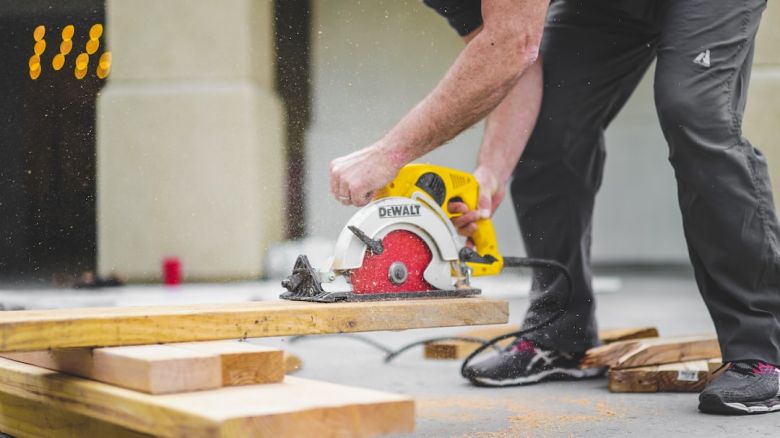Manual Vs Power Saws: Which Is Best?

When it comes to cutting through materials, whether it be wood, metal, or plastic, saws are an indispensable tool. However, with the advancements in technology, there are now two main types of saws to choose from: manual saws and power saws. Each type has its own set of advantages and disadvantages, making the decision of which one to use a difficult one. In this article, we will compare manual saws and power saws to help you determine which is best for your needs.
Efficiency and Speed
One of the main differences between manual saws and power saws is the level of efficiency and speed they offer. Manual saws, such as hand saws or hacksaws, require physical effort to operate. While they can get the job done, they tend to be slower and less efficient compared to power saws. On the other hand, power saws, like circular saws or jigsaws, are powered by electricity or batteries, allowing for faster and smoother cuts. If you need to complete a task quickly and efficiently, a power saw would be the better choice.
Precision and Control
When it comes to precision and control, manual saws have the advantage. With a manual saw, you have complete control over the speed and direction of the cut. This level of control allows for more precise and accurate cuts, especially when working on delicate or intricate projects. Power saws, while efficient and fast, may not offer the same level of precision as their manual counterparts. If precision and control are crucial for your project, a manual saw would be the ideal choice.
Portability and Accessibility
Another factor to consider when choosing between manual saws and power saws is portability and accessibility. Manual saws are generally lightweight and compact, making them easy to transport and use in tight spaces. They do not require a power source, which means you can use them anywhere, even in remote locations. Power saws, on the other hand, are bulkier and require a power source, limiting their portability and accessibility. If you need a saw that you can easily carry around and use in various locations, a manual saw would be the best option.
Versatility and Functionality
Versatility and functionality are essential factors to consider when deciding between manual saws and power saws. Manual saws come in various types, each designed for a specific purpose. For example, hand saws are ideal for cutting through wood, while hacksaws are better suited for metal. This variety allows for greater versatility in different types of projects. Power saws, on the other hand, offer a wide range of functions and can cut through different materials with ease. If you need a saw that can handle various tasks and materials, a power saw would be the more versatile choice.
Safety and Ease of Use
Last but not least, safety and ease of use are crucial considerations when comparing manual saws and power saws. Manual saws are generally safer to use, as they do not have any moving parts or require electricity. However, they do require physical effort and can be tiring to use for extended periods. Power saws, while convenient, can be more dangerous if not used correctly. They have sharp blades and can cause serious injuries if mishandled. If safety and ease of use are your top priorities, a manual saw would be the safer option.
Conclusion: Choosing the Right Saw
In conclusion, both manual saws and power saws have their own set of advantages and disadvantages. The choice between the two ultimately depends on your specific needs and preferences. If you prioritize efficiency, speed, and versatility, a power saw would be the best choice. On the other hand, if precision, control, and portability are more important to you, a manual saw would be the ideal option. Consider your project requirements and weigh the pros and cons of each type of saw to make an informed decision. Remember, the best saw is the one that meets your needs and allows you to complete your projects with ease and satisfaction.




